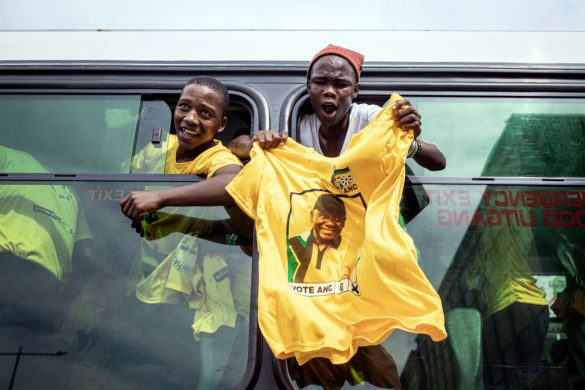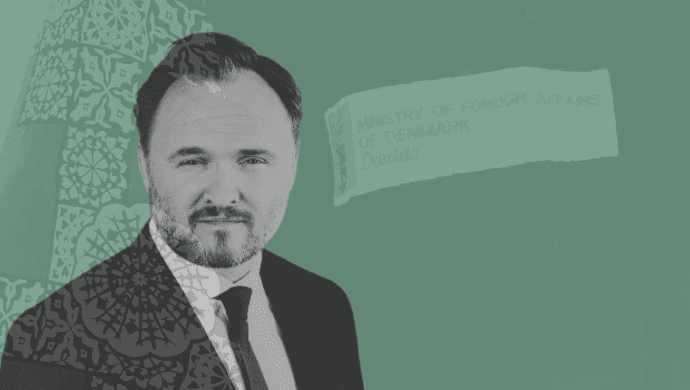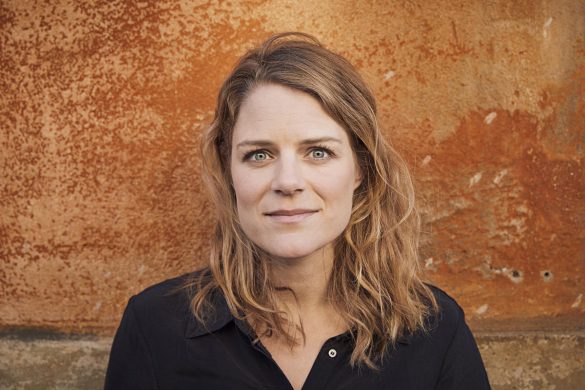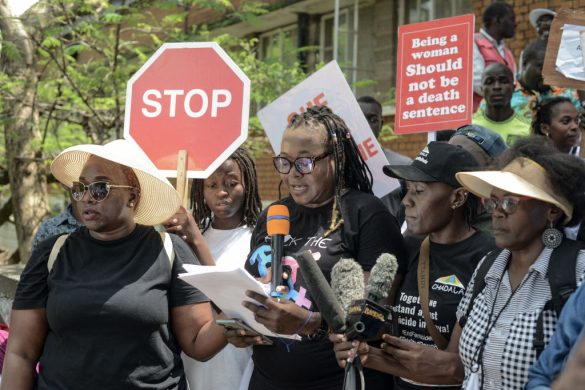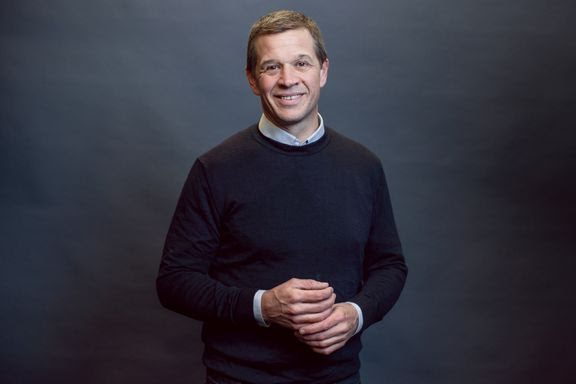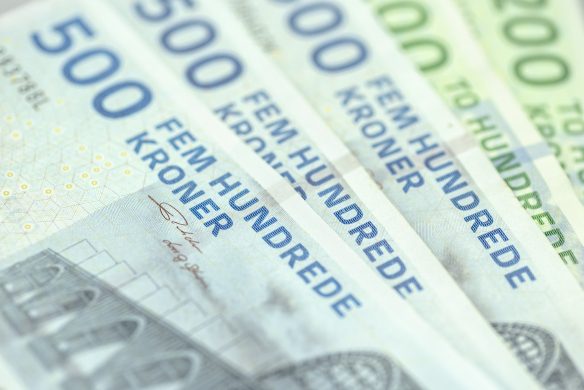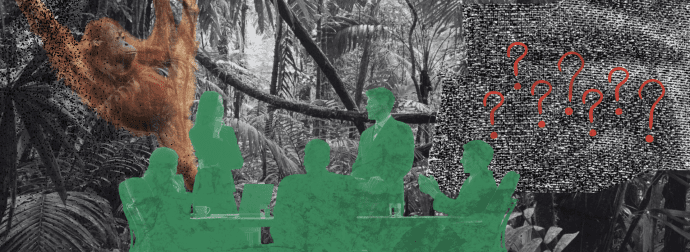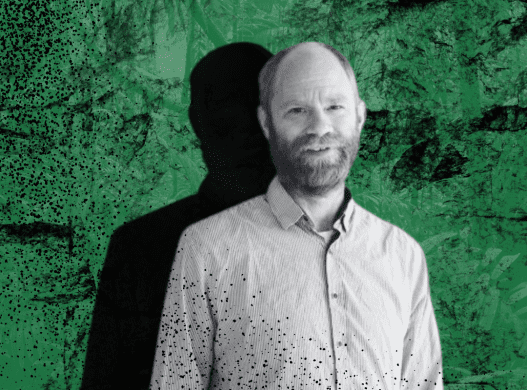On August 31, 2016, the United States pledged up to 4.3 billion dollar (godt 28 milliarder DKR) through 2019 to the Global Fund to Fight AIDS, Tuberculosis and Malaria, contingent on (under forudsætning af at) other donor countries pledging the remainder of 13 billion.
This announcement, made by National Security Advisor Susan Rice, upholds the United States’ previous commitment to contributing one dollar for every two dollars in pledges made by other donors.
However, “while Health GAP recognizes this important contribution by the US government to the multilateral global AIDS effort, we maintain that this falls significantly short of what is needed from the United States to close the widening funding gap for the global AIDS response and capitulates to an irresponsibly low replenishment goal of 13 billion set by the Global Fund”.
This pledge translates to the U.S. increasing its contribution to the Global Fund by roughly 80 million dollar per year at a time when seven billion per year in additional funding is what UNAIDS estimates is needed to put the world on track toward ending the AIDS crisis.
En ”aids-fri generation”
This comes as the U.S. has flat-lined (fastfrosset størrelsen af) funding to the PEPFAR program for three years, although increased investments are urgently needed.
UNAIDS projects that failure to scale up the global HIV response considerably between now and 2020 will result in 17.6 million more new infections and 10.8 million more deaths–increasing the long-term need for HIV treatment and future costs to health systems.
In 2011, Foreign Secretary Hillary Clinton and President Obama pledged to make reaching a global “AIDS-Free Generation” a policy priority for the United States.
Since then the administration has worked to aggressively scale up treatment, prevention and care programs in the hardest hit countries and expanded a focus on programs for both girls and young women and key populations such as gay men in East and Southern Africa, who are hardest hit by the AIDS crisis.
This was accomplished, however, through a combination of finding efficiencies in current programs and using a “pipeline” of existing funds. Both of these are now tapped out and further progress will require investment of new funds.
The US is by far the largest donor to global AIDS programs, but failure to increase investment in AIDS in recent presidential budgets makes the “AIDS-Free Generation” pledge increasingly untenable.
Også opmuntrende tegn
There is some encouraging news about Global Fund Replenishment pledges, Health GAP notes.
Canada, the European Commission and Italy have announced increases of more than 20 percent in their contributions this year. Kenya just pledged a new commitment of five million dollar.
Other donors have until September 30, 2017 to announce their pledges and must urgently be called upon to significantly step up their financial contribution to the global HIV response.
Avoiding disastrous backsliding in the scale of the HIV epidemic requires the US government to go beyond marginal increases as well.
They can do this by agreeing to match one to every two dollars, even if the Global Fund replenishment mobilizes more than 13 billion dollar in the next year, restoring the cuts that they have made to other parts of the global AIDS budget, increasing the PEPFAR budget by 500 million dollar in the current appropriations bill, and committing to a two billion increase per year by 2020.
“We call on the next President to reverse this course and invest seriously in securing an AIDS Free Generation. And we call on Congress to ensure this investment”.
Yderligere oplysninger hos:
Hilary McQuie
Director of US Government Policy and Grassroots Mobilization
Health GAP (Global Access Project)
Website | Twitter | Facebook
Mobile: +1 202-629-7222
Office: +1 347-263-8438 x104
Fax: +1 347-263-8439
Skype: hilary.mcquie1
Email: [email protected]


